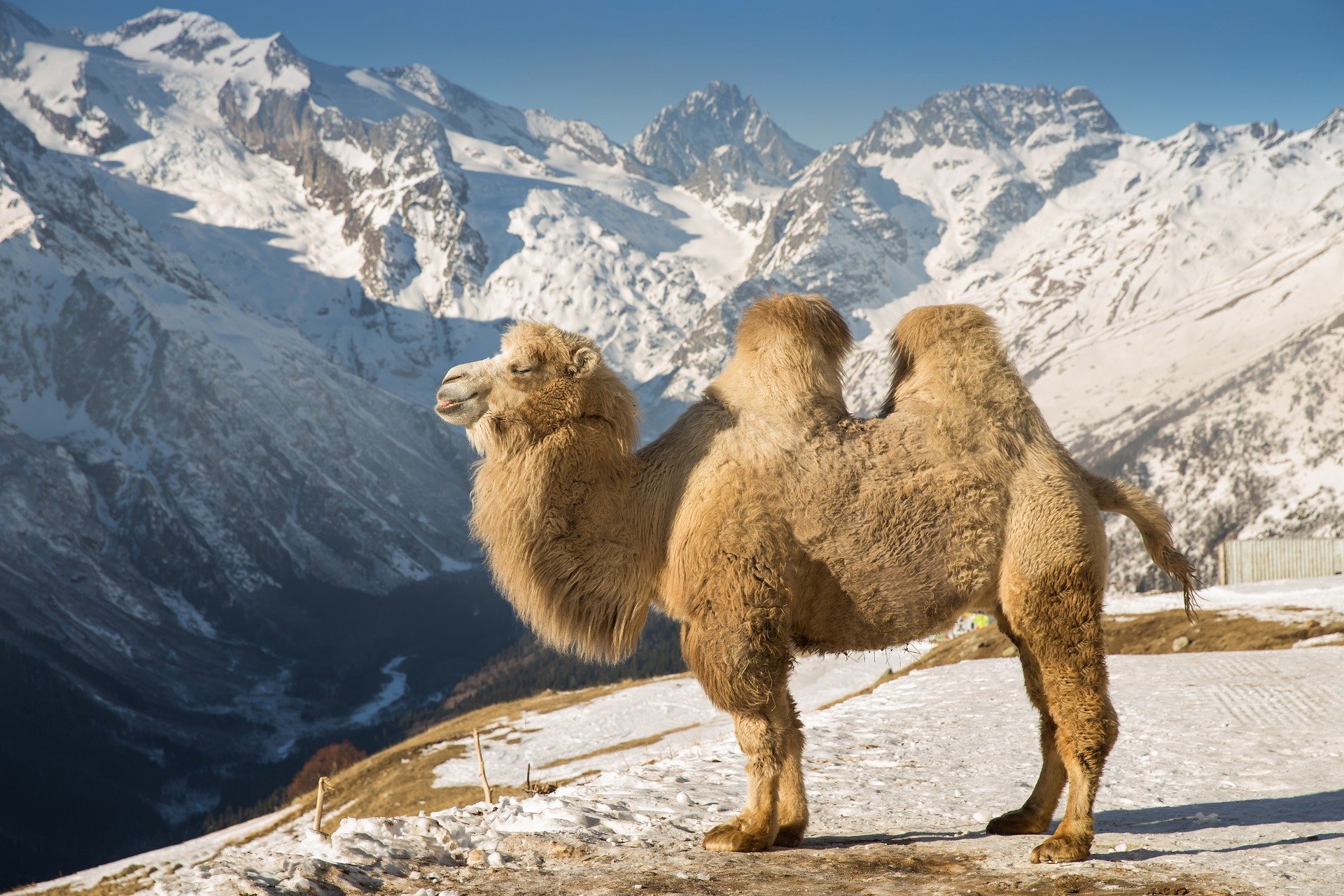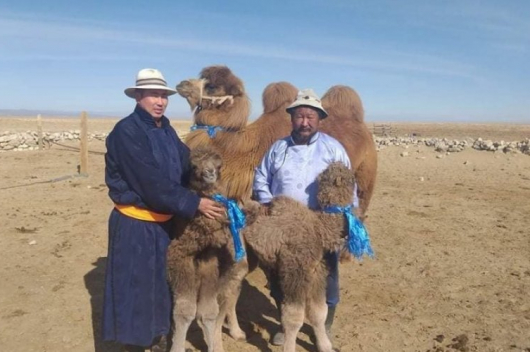
Camelus knoblochi, a species of giant two-humped camel, survived in Mongolia alongside modern humans—and perhaps Neanderthals and Denisovans—until about 27,000 years ago, according to a statement released by Frontiers.
Fossilized remains of the giant camel have been found in Tsagaan Agui Cave alongside artifacts left behind by Paleolithic people. One metacarpal bone, dated to between 59,000 and 44,000 years ago, bears butchery marks and marks made by gnawing hyenas, said Arina M. Khatsenovich of the Russian Academy of Sciences.
Humans may have hunted or scavenged giant camels, she explained. John W. Olsen of the University of Arizona added that the drying of the climate, hunting by humans, and competition with Camelus ferus, the wild Bactrian camel, all may have contributed to the extinction.
Paradoxically, today, southwestern Mongolia hosts one of the last two wild populations of the critically endangered wild Bactrian camel, C. ferus. The new results suggest that C. knoblochi coexisted with C. ferus during the late Pleistocene in Mongolia, so that between-species competition may have been a third cause of C. knoblochi’s extinction. Standing nearly three meters tall and weighing more than a ton, C. knoblochi would have dwarfed C. ferus.
 3,575.44
3,575.44












Related News